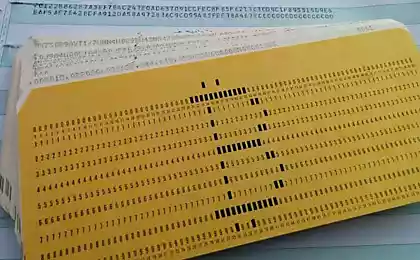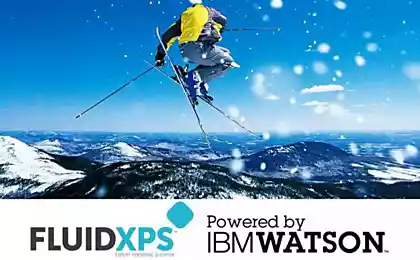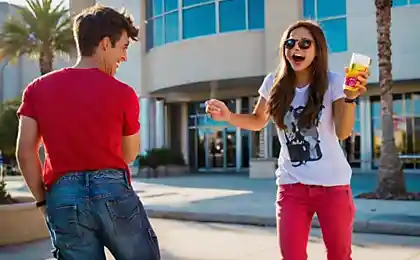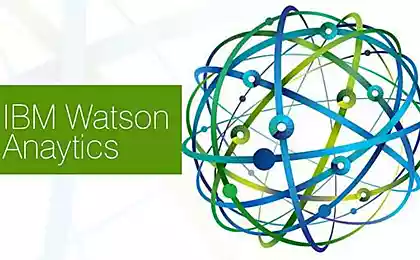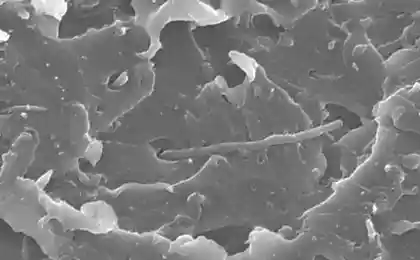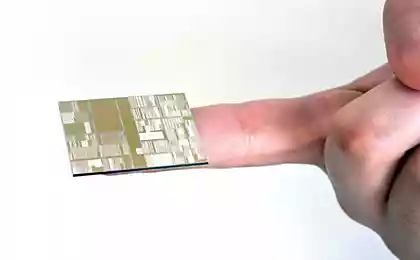447
IBM and Stanford offered an inexpensive method of production of biodegradable plastic
A combined team of researchers from IBM and Stanford University have developed a new method of production of biodegradable plastic. The main element of the technological process in this case is a special catalyst. Using it, you can get inexpensive and practical biodegradable plastics with improved properties.
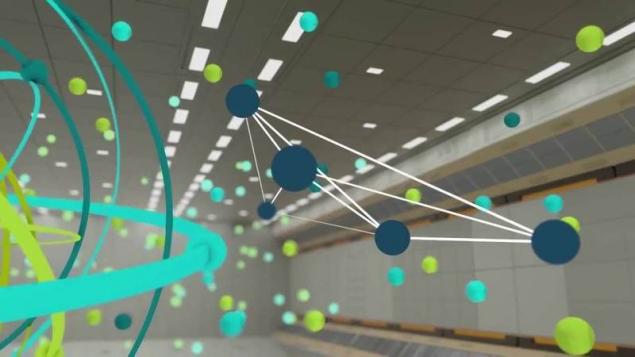
"This discovery is good that the production process can be debugged fairly quickly, and the new material is cheaper than analogs. This is a great alternative for recycling plastic, which has its drawbacks," explains Gavin Jones (Gavin Jones), a researcher from IBM Research. According to him, new type of plastic can be used to create a variety of goods, including Cutlery, corps and elements of medical devices and tissue of a particular type. The results of their research scientists published in the scientific journal the journal of NatureChemistry.
To create biodegradable plastic (usually polyester) are used catalysts that increase the rate of chemical reaction. In the usual case the catalyst is a metal. It's either tin or aluminum. In most cases, the catalyst falls into a final material, and remove it quite difficult. The removal process increases the cost of plastic of this type. The specialists of our company and Stanford have developed a new organic catalyst is a thiourea and alkoxide metal. The properties of the new catalyst can accelerate and facilitate the reaction, the shape and properties of the final product of the reaction, the polymer will not change.
This catalyst can be customised for the production of plastics of various types. Yet what about commercial use of open specialists too early, but a number of companies have already expressed interest in this work.
The work of scientists to create biodegradable plastic is of very great importance. The fact that plastic bags, bottles and other debris is one of the key anthropogenic pollutants of the hydrosphere. The amount of plastic in the ocean is much higher than the number of theoretical estimates made previously. One of the most plastic polluted places on Earth is the Great Pacific garbage patch. Plastic here thousands of tons.
Plastic and other debris found even in the Mariana trench, at a depth of about 3-5 miles.If we could create material that breaks down within a sane time, without causing damage to the environment, this would help solve the problem of plastic waste.
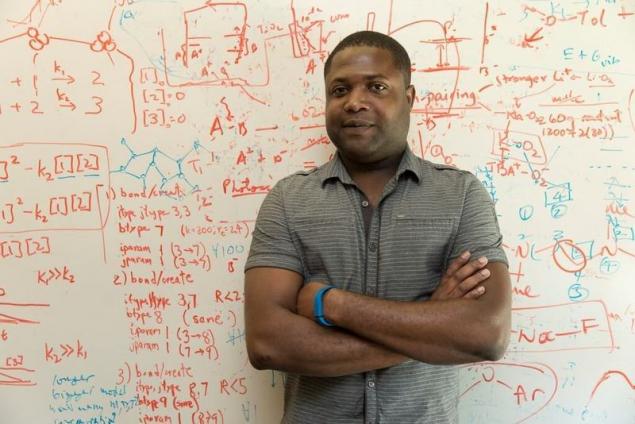
Gavin Jones, specialist at IBM that developed the process of obtaining biodegradable plastic
Our company works not only with biodegradable plastic. Not long ago, IBM discovered a new class of durable, self-healing polymers. These polymers are devoid of the disadvantages of conventional industrial polymers — they can be recycled, plus they self-healing. One of the types of polymers — composite material, extremely durable (strength of 60-100 MPa at 20 degrees Celsius), are able to some extent to heal itself (with the formation of small cracks).
The second polymer elastic gel at normal temperatures. Thus such plastic being cut into pieces, which are then put together very quickly restored maintaining the original strength of the material. According to experts, the second type of plastic can be used as a very strong glue, and also for the transport of certain types of substances. To use the discovery in such areas as transportation, aerospace, electronics. According to experts, the opening of a similar scale in this area has not been done for 10 years.
P. S. And remember, only by changing their consumption — together we change the world! ©
Source: geektimes.ru/company/ibm/blog/280146/

"This discovery is good that the production process can be debugged fairly quickly, and the new material is cheaper than analogs. This is a great alternative for recycling plastic, which has its drawbacks," explains Gavin Jones (Gavin Jones), a researcher from IBM Research. According to him, new type of plastic can be used to create a variety of goods, including Cutlery, corps and elements of medical devices and tissue of a particular type. The results of their research scientists published in the scientific journal the journal of NatureChemistry.
To create biodegradable plastic (usually polyester) are used catalysts that increase the rate of chemical reaction. In the usual case the catalyst is a metal. It's either tin or aluminum. In most cases, the catalyst falls into a final material, and remove it quite difficult. The removal process increases the cost of plastic of this type. The specialists of our company and Stanford have developed a new organic catalyst is a thiourea and alkoxide metal. The properties of the new catalyst can accelerate and facilitate the reaction, the shape and properties of the final product of the reaction, the polymer will not change.
This catalyst can be customised for the production of plastics of various types. Yet what about commercial use of open specialists too early, but a number of companies have already expressed interest in this work.
The work of scientists to create biodegradable plastic is of very great importance. The fact that plastic bags, bottles and other debris is one of the key anthropogenic pollutants of the hydrosphere. The amount of plastic in the ocean is much higher than the number of theoretical estimates made previously. One of the most plastic polluted places on Earth is the Great Pacific garbage patch. Plastic here thousands of tons.
Plastic and other debris found even in the Mariana trench, at a depth of about 3-5 miles.If we could create material that breaks down within a sane time, without causing damage to the environment, this would help solve the problem of plastic waste.

Gavin Jones, specialist at IBM that developed the process of obtaining biodegradable plastic
Our company works not only with biodegradable plastic. Not long ago, IBM discovered a new class of durable, self-healing polymers. These polymers are devoid of the disadvantages of conventional industrial polymers — they can be recycled, plus they self-healing. One of the types of polymers — composite material, extremely durable (strength of 60-100 MPa at 20 degrees Celsius), are able to some extent to heal itself (with the formation of small cracks).
The second polymer elastic gel at normal temperatures. Thus such plastic being cut into pieces, which are then put together very quickly restored maintaining the original strength of the material. According to experts, the second type of plastic can be used as a very strong glue, and also for the transport of certain types of substances. To use the discovery in such areas as transportation, aerospace, electronics. According to experts, the opening of a similar scale in this area has not been done for 10 years.
P. S. And remember, only by changing their consumption — together we change the world! ©
Source: geektimes.ru/company/ibm/blog/280146/
